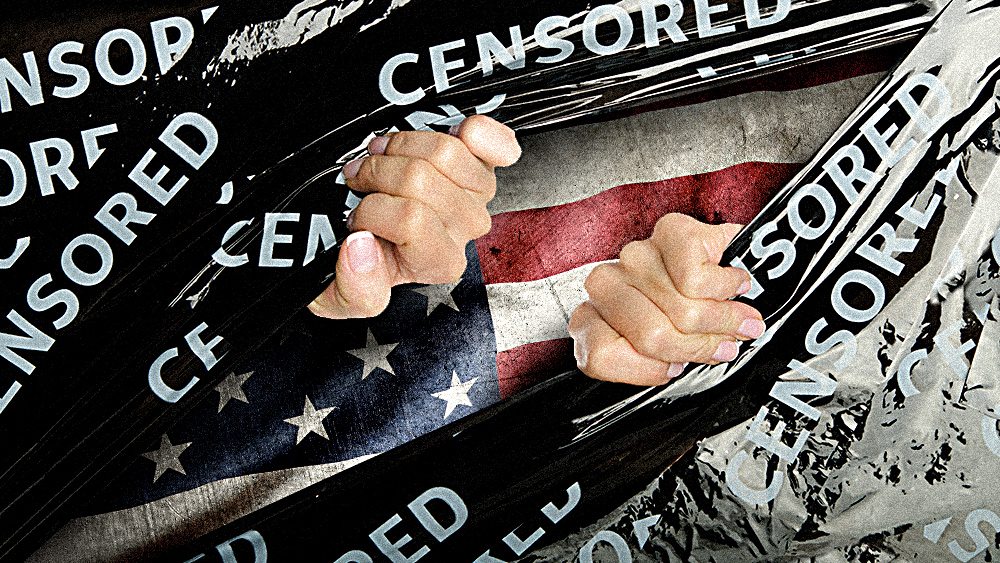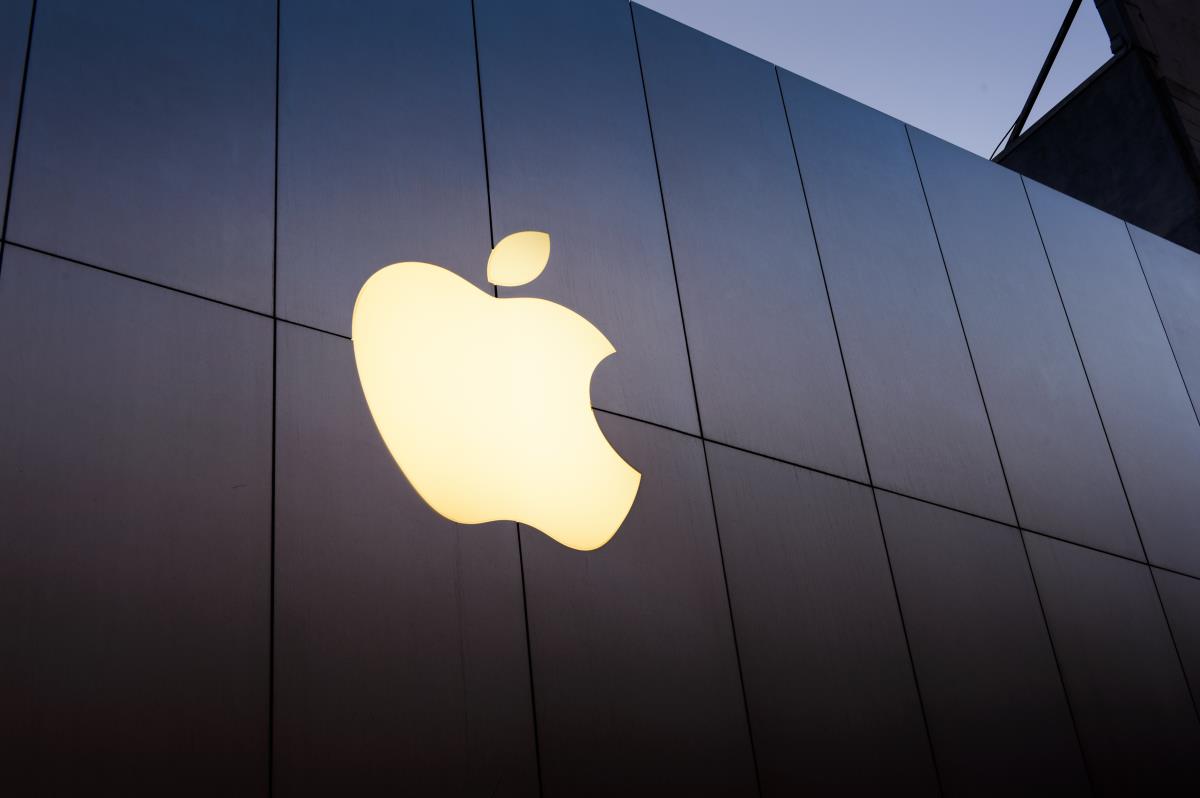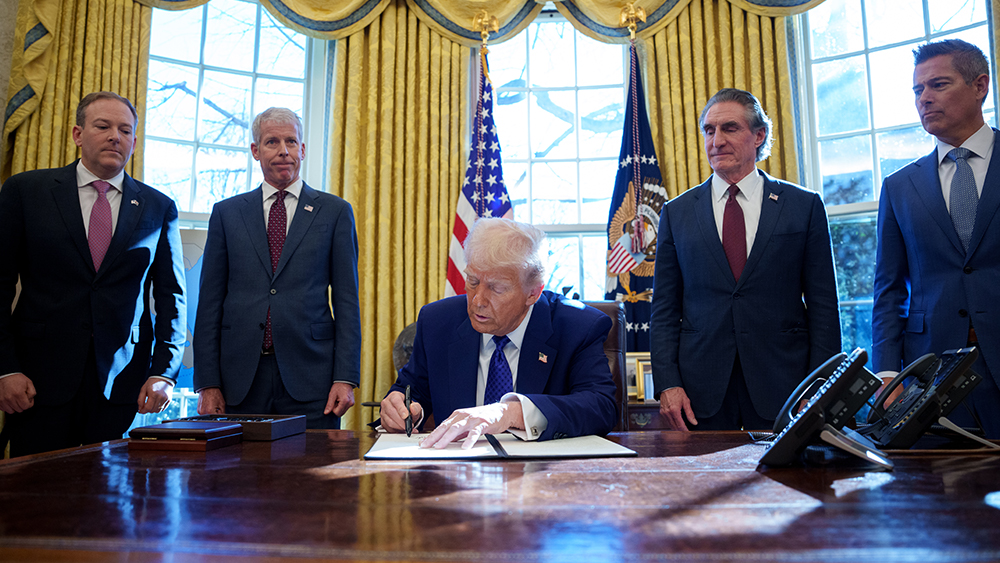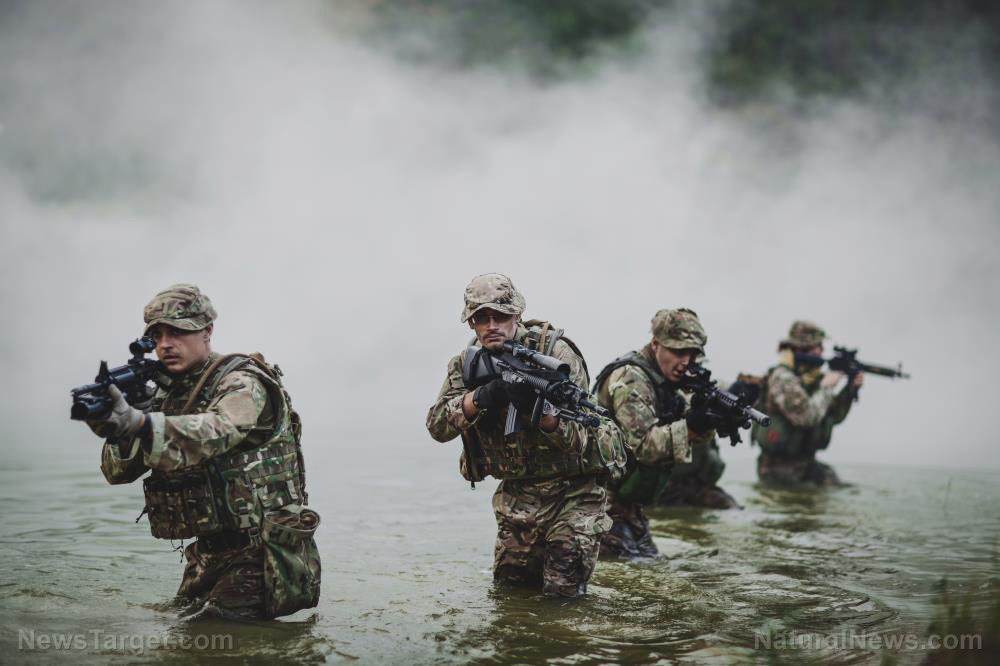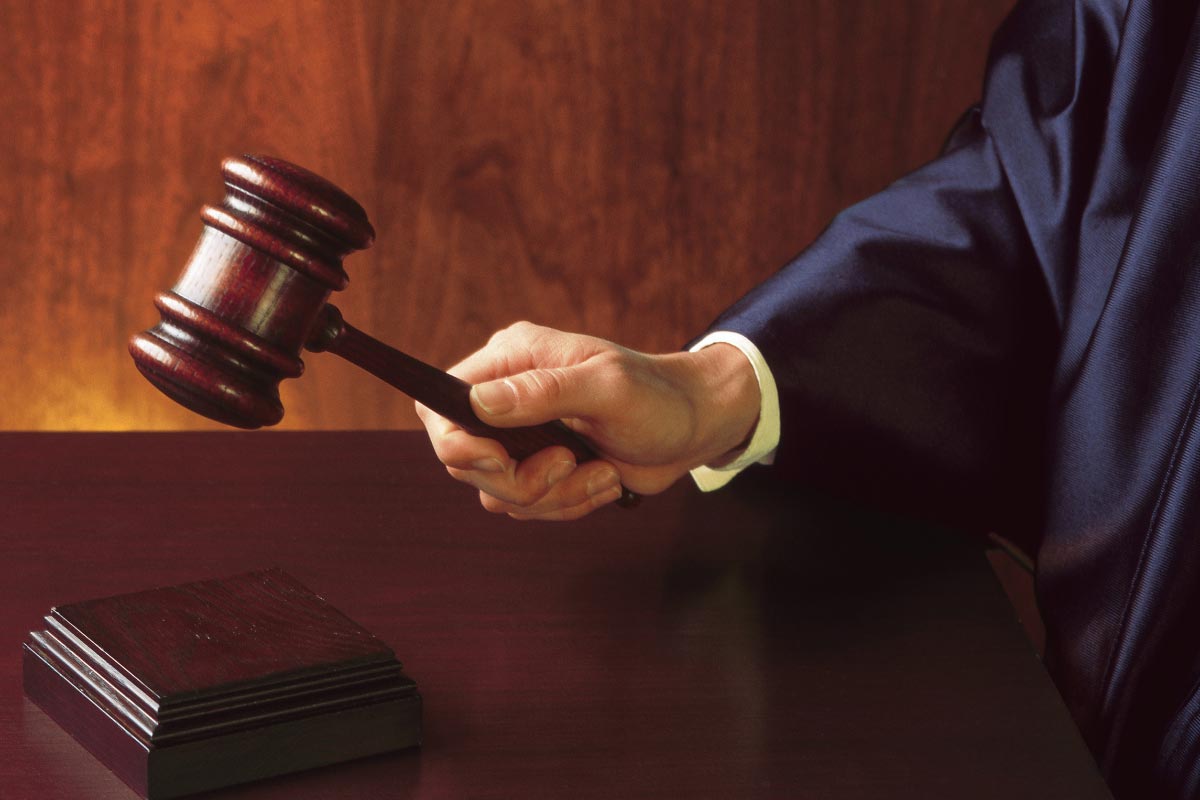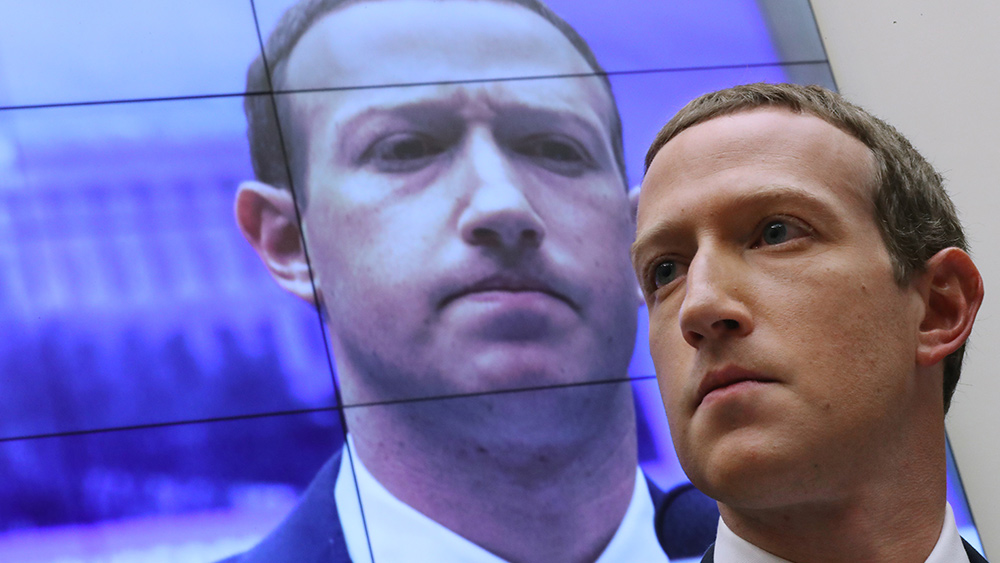
- Mark Zuckerberg's Meta, the parent company of Facebook, Instagram and WhatsApp, is building the world's longest subsea cable, spanning 50,000 kilometers and connecting the United States, India, South Africa and Brazil.
- The 31,000-mile cable uses a 24-fiber pair system, providing higher capacity and supporting Meta's AI initiatives, while promoting economic cooperation and digital inclusion.
- Project Waterworth aims to enhance global digital infrastructure resilience by avoiding geopolitical hotspots and using innovative design techniques to minimize risks from external threats.
- The project reflects a broader trend of large technology companies actively investing in subsea cable infrastructure, moving away from traditional national telecoms firm investments.
- By building this ambitious cable system, Meta is positioning itself at the forefront of the AI revolution and setting a new standard for global digital infrastructure, crucial for future technological advancements.
A global digital highway for the AI era
Project Waterworth will be a monumental engineering feat, laying the foundation for enhanced digital cooperation and innovation across five major continents. The 31,000-mile cable will use a 24-fiber pair system, offering significantly higher capacity compared to the typical 8 to 16 fiber pairs in other new systems. According to Meta, this advanced infrastructure will "enable greater economic co-operation, facilitate digital inclusion and open opportunities for technological development in these regions." Gaya Nagarajan, Meta’s VP of Engineering, and Alex-Handrah Aimé, Global Head of Network Investments, emphasized the strategic importance of the project in a blog post: "Project Waterworth will be a multi-billion dollar, multi-year investment to strengthen the scale and reliability of the world’s digital highways by opening three new oceanic corridors with the abundant, high-speed connectivity needed to drive AI innovation around the world." India, in particular, is poised to benefit significantly from this project. With the country's rapid digital growth and ambitious plans for its digital economy, Project Waterworth will accelerate India's progress and support Meta's AI initiatives in the region. The project also aligns with a joint leaders statement from the U.S. and India, which noted, "India intends to invest in maintenance, repair and financing of undersea cables in the Indian Ocean, using trusted vendors."Historical context: The vulnerability of subsea cables
The importance of subsea cables in global communication cannot be overstated. Over 95% of the world's internet traffic is transferred through these underwater networks, which currently consist of more than 600 publicly-known cable systems. However, recent events have highlighted the vulnerability of these critical infrastructures. A spate of severed cables and alleged sabotage attempts, particularly in the Baltic Sea, has raised concerns about foreign cyber attacks. NATO has launched a mission to increase surveillance of ships in the Baltic Sea, and a U.K. parliamentary committee has issued a call for evidence regarding the U.K.'s resilience against potential disruptions. These incidents underscore the growing geopolitical tensions and the need for enhanced protection of subsea cables. Meta's Project Waterworth addresses these concerns through innovative design and strategic planning. The company plans to lay the cable system up to 7,000 meters deep and use enhanced burial techniques in high-risk areas to minimize the risk of damage from ship anchors and other hazards. By avoiding geopolitical hotspots like the Suez Canal and the South China Sea, Meta aims to create a more resilient and secure network.Big Tech's role in shaping the future of connectivity
Project Waterworth is part of a broader trend where large technology companies are taking a more active role in building and maintaining subsea cable infrastructure. Google, Amazon and Microsoft have all made significant investments in recent years, signaling a shift from the traditional model where national telecoms firms were the primary investors. Vili Lehdonvirta, Professor at the Oxford Internet Institute, noted, "Over the past decade, there has been a shift in which these cables are increasingly laid by large technology companies. This reflects the growing size and position of big tech firms to fund such infrastructure independently, which may be significant to policymakers concerned with concentration in digital markets." Paolo Pescatore, a telecoms and technology industry analyst, added, "Meta has shown a strong desire to own more of the connectivity slice. This is a further demonstration as it seeks to leapfrog rivals in providing users with a unique experience by tightly integrating hardware, software, platform and its growing aspirations in connectivity."Conclusion
Meta's Project Waterworth represents a significant milestone in the global digital landscape. By building the world’s longest subsea cable, Meta is not only enhancing connectivity and facilitating digital inclusion but also positioning itself at the forefront of the AI revolution. As geopolitical tensions continue to rise, the project's innovative design and strategic route planning will play a crucial role in ensuring the resilience and security of global digital infrastructure. The success of Project Waterworth could set a new standard for subsea cable projects and further solidify Meta's position as a leader in the tech industry. As the world becomes more interconnected, the importance of robust and secure digital highways will only grow, making initiatives like Project Waterworth increasingly vital for the future of global communication and technological advancement. Sources include: DailyMail.com EuroNews.com BBC.com TechCrunch.comFTC launches inquiry into Big Tech censorship: A new chapter in the battle for free speech
By Willow Tohi // Share
Amazon reminds users they don’t actually own the Kindle e-books they buy
By Cassie B. // Share
Ukraine’s call center scams: A state-backed offensive targeting Russians
By Cassie B. // Share
The new Iron Curtain: How Europe’s speech crackdown threatens American freedoms
By Willow Tohi // Share
Trump’s $5 million “gold card” visa plan could erase U.S. national debt
By Cassie B. // Share
Health Ranger Report: Fadi Lama identifies the West's structural failures
By kevinhughes // Share
U.K. drops plans for large-scale TROOP DEPLOYMENT to Ukraine
By ramontomeydw // Share
Exercise: The secret weapon against mental fatigue for seniors
By avagrace // Share
3 Luxurious DIY skincare recipes using Organic Coconut Oil and Frankincense Oil
By hrseditor // Share
Rogue Wisconsin judges shield illegal aliens, defy Congress, and mock due process
By isabelle // Share
